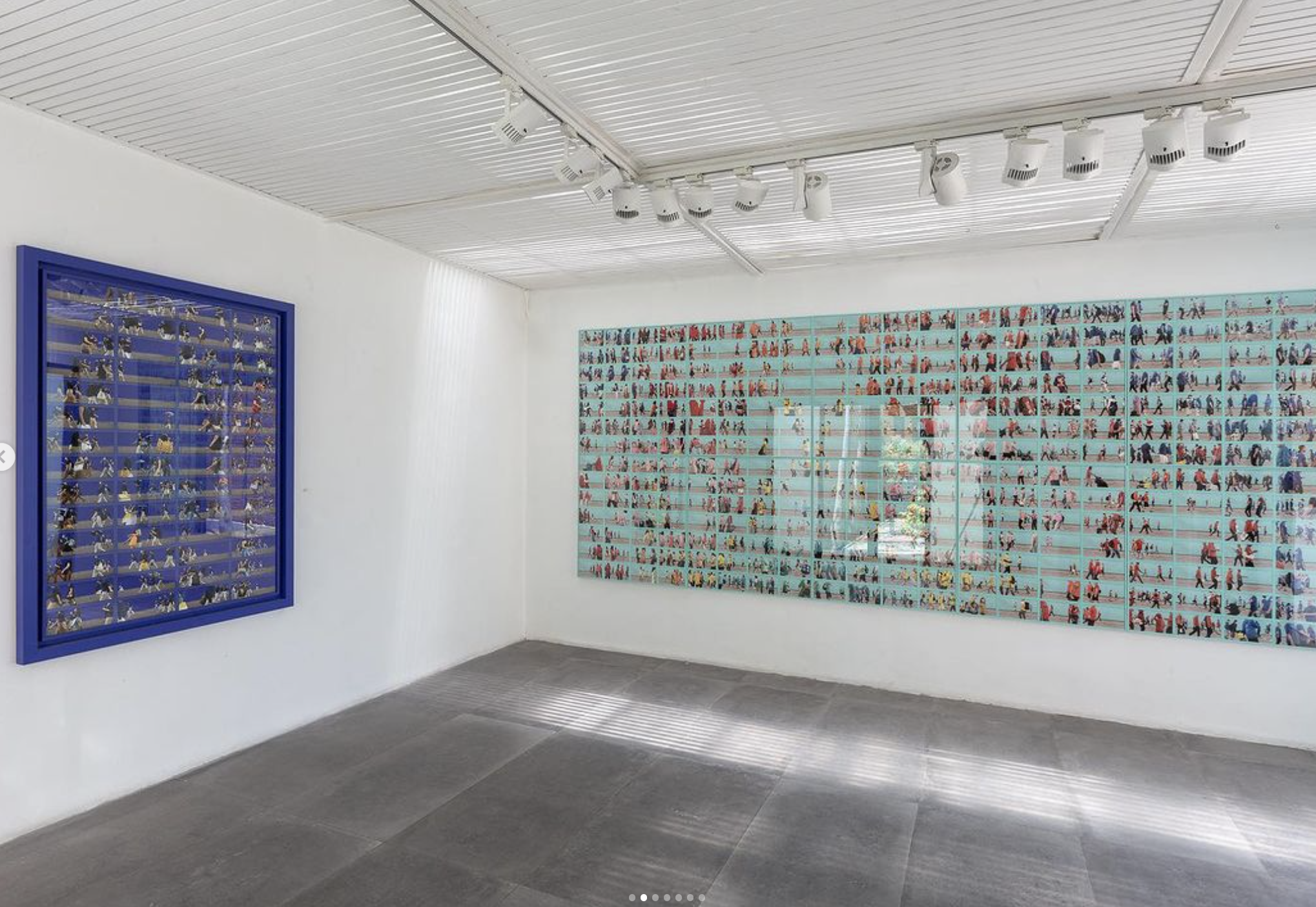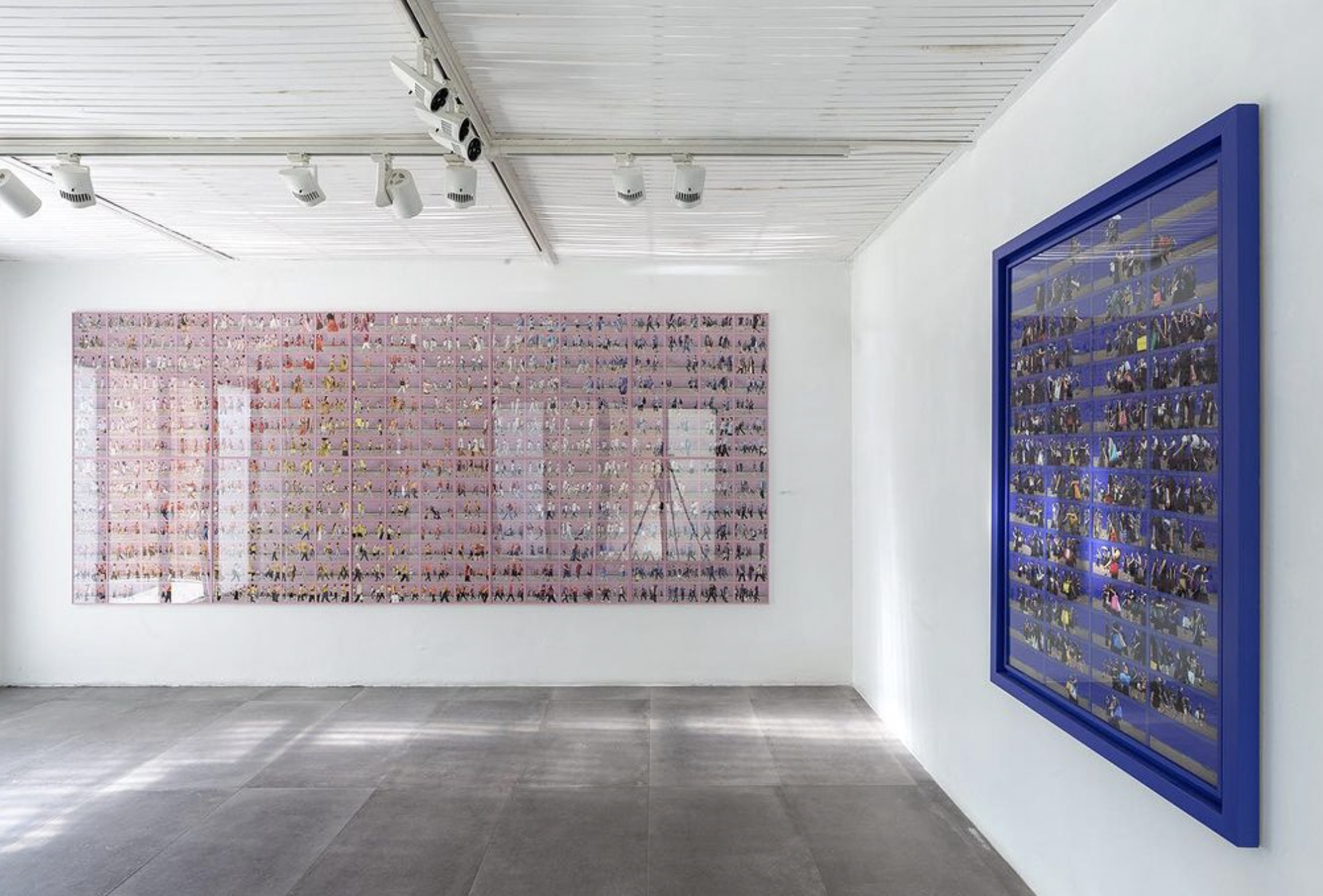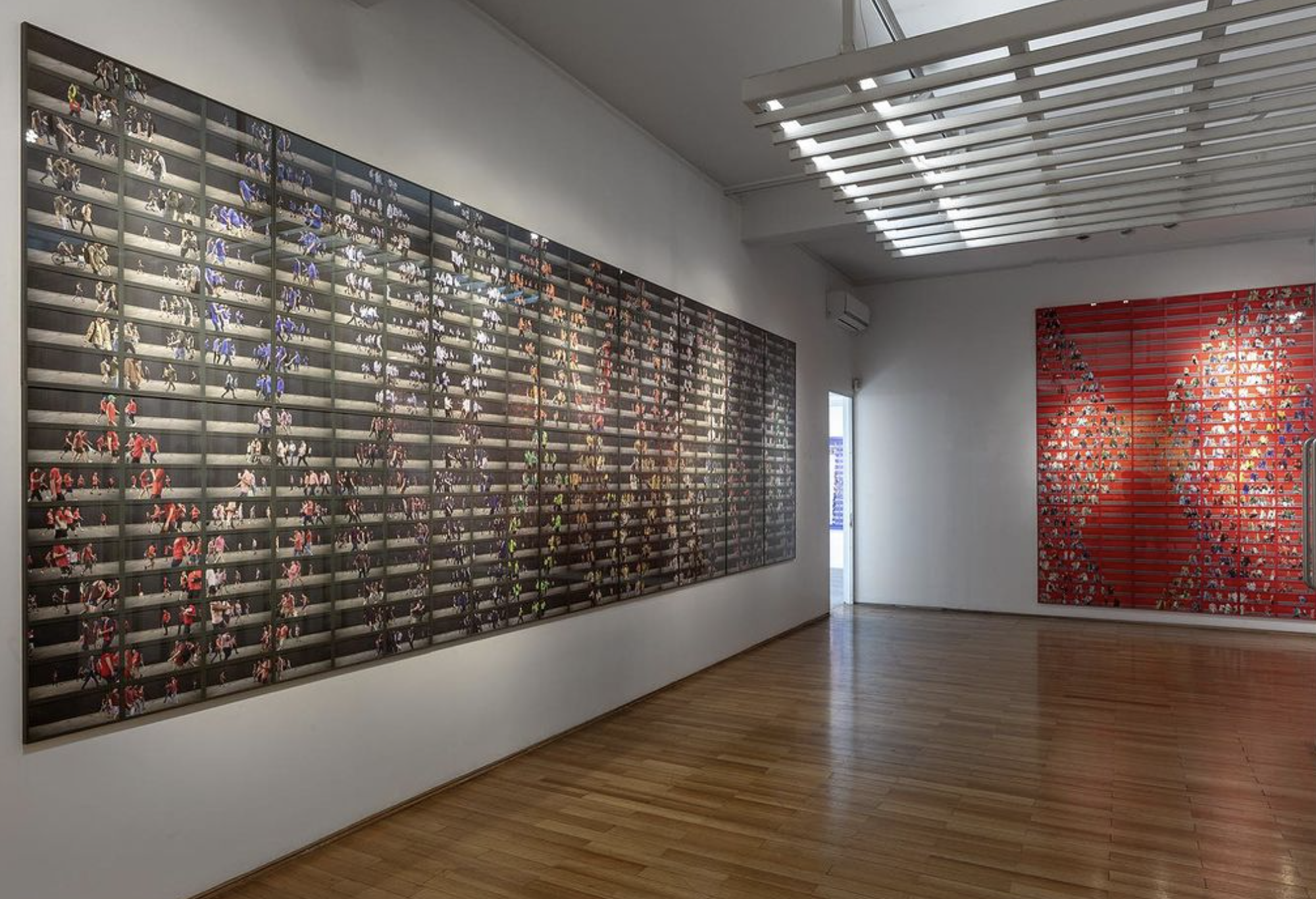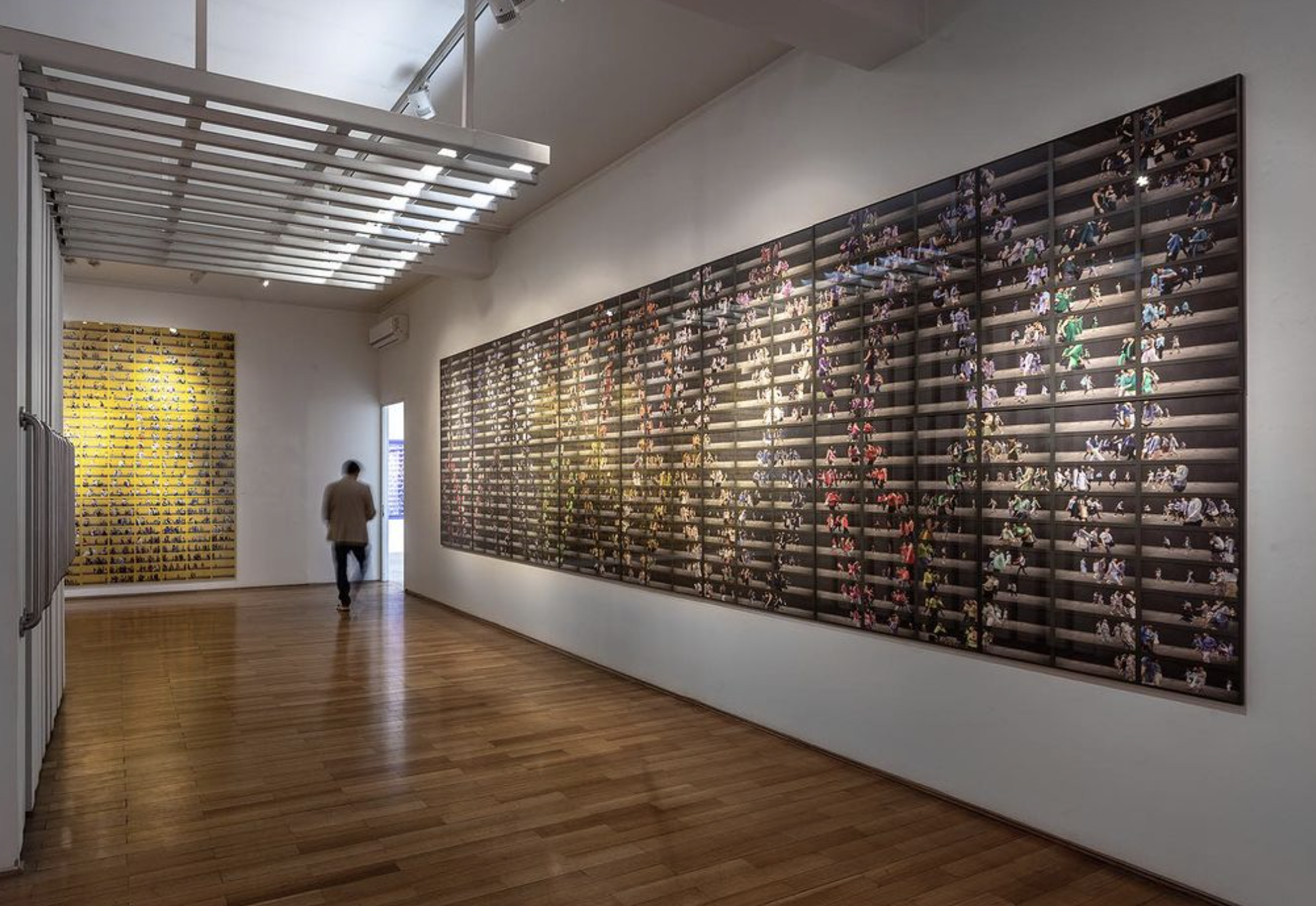Lishui Art Museum, China 2023
The Global Identity Project
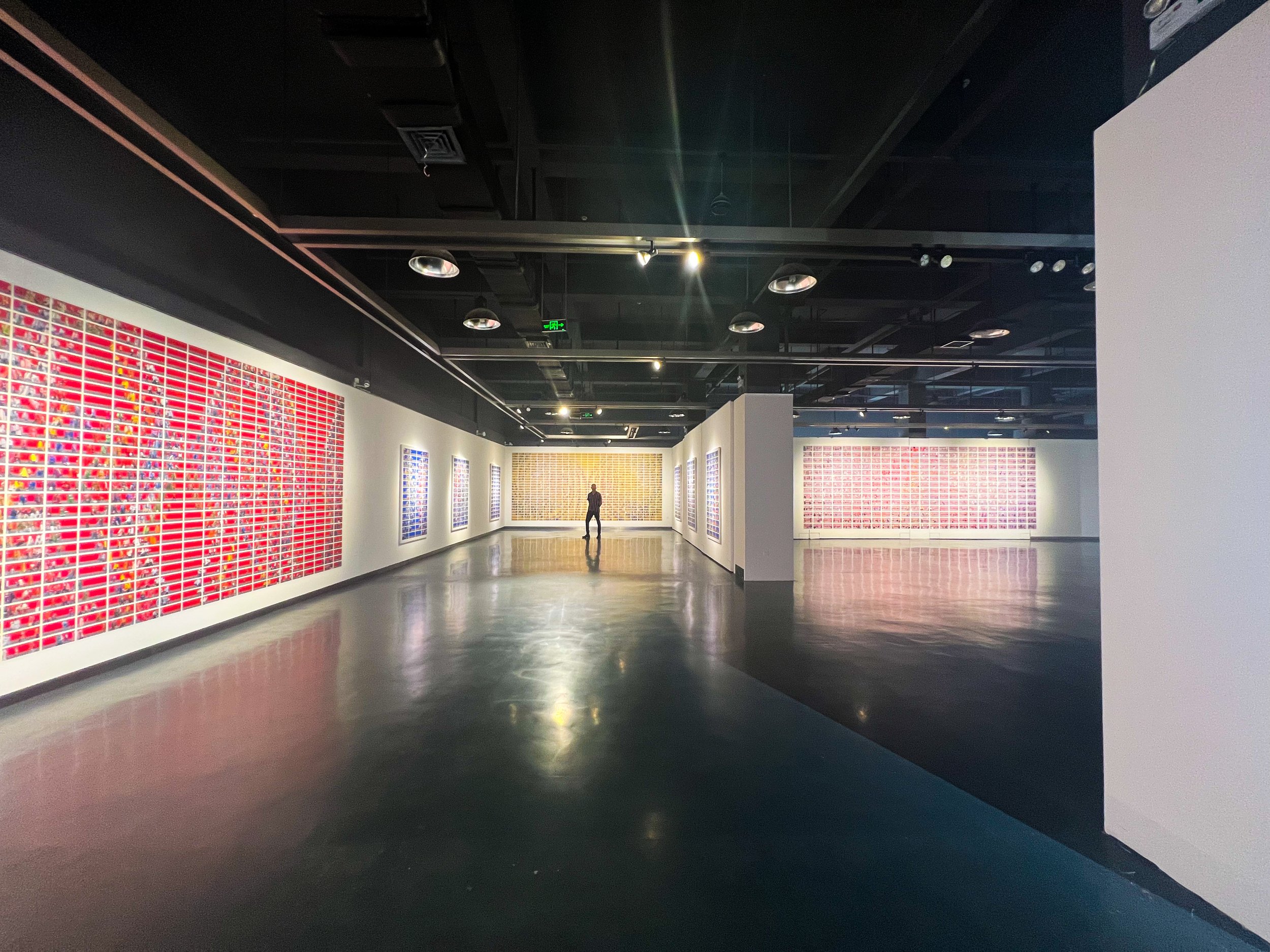
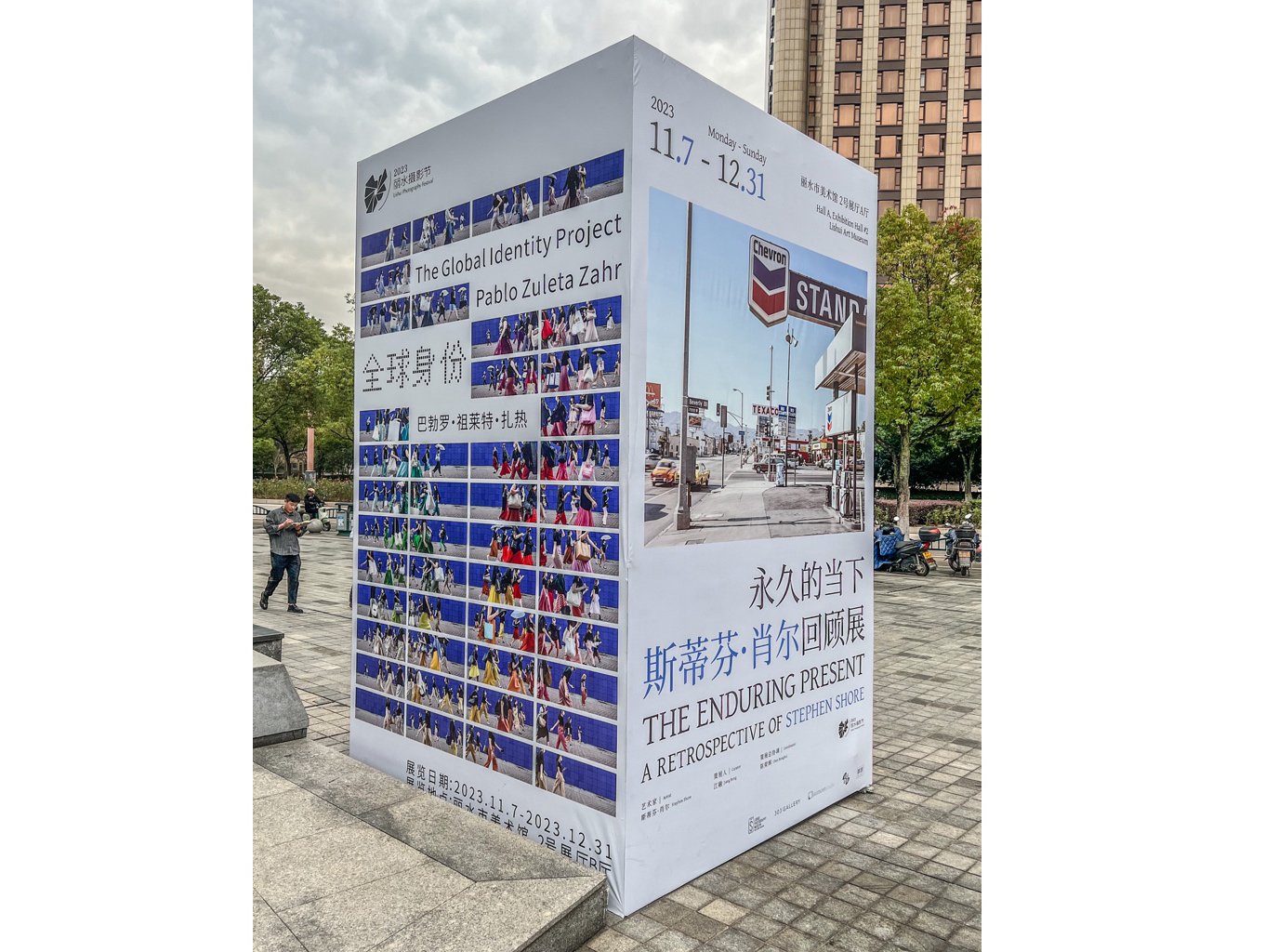

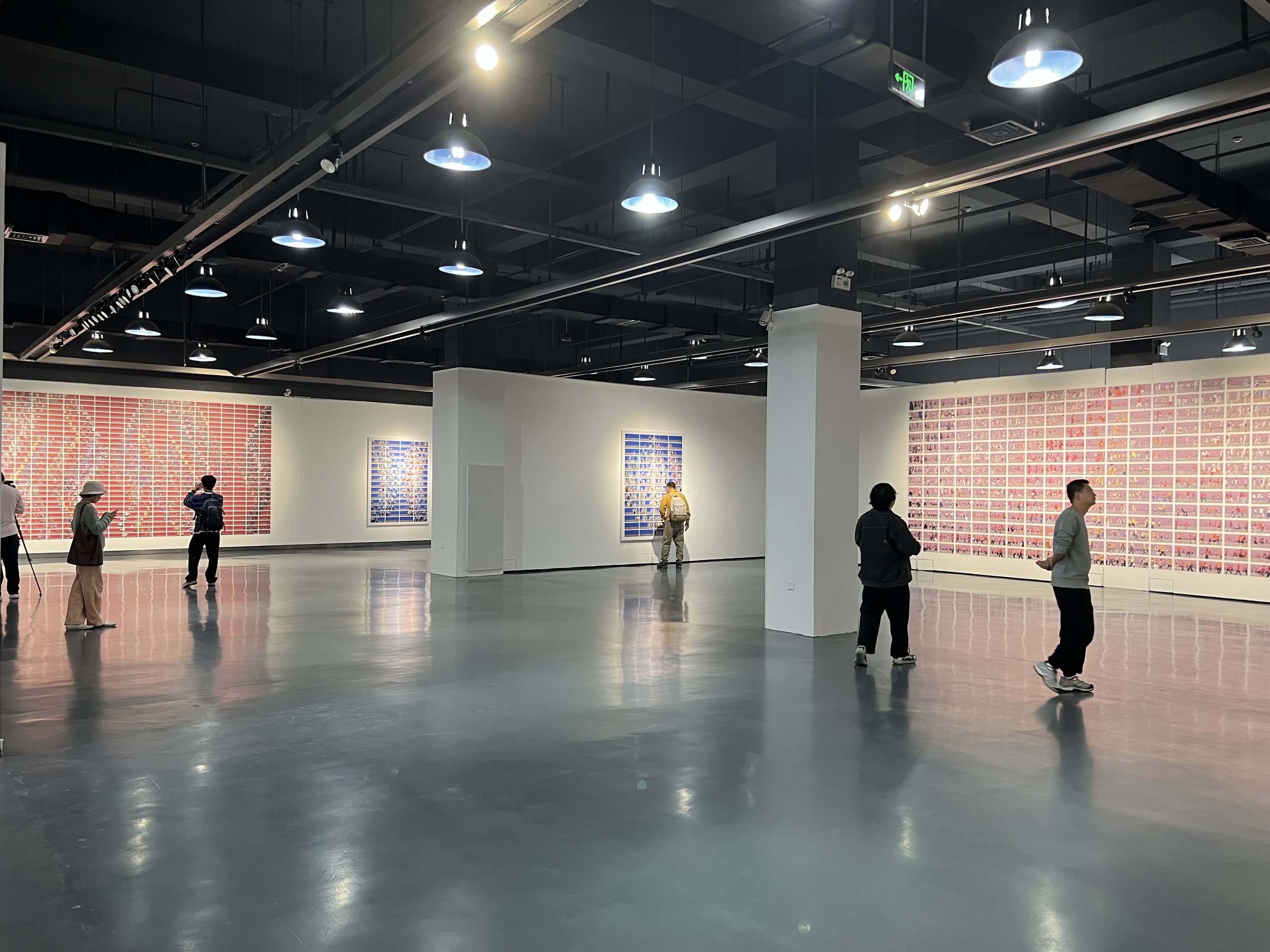

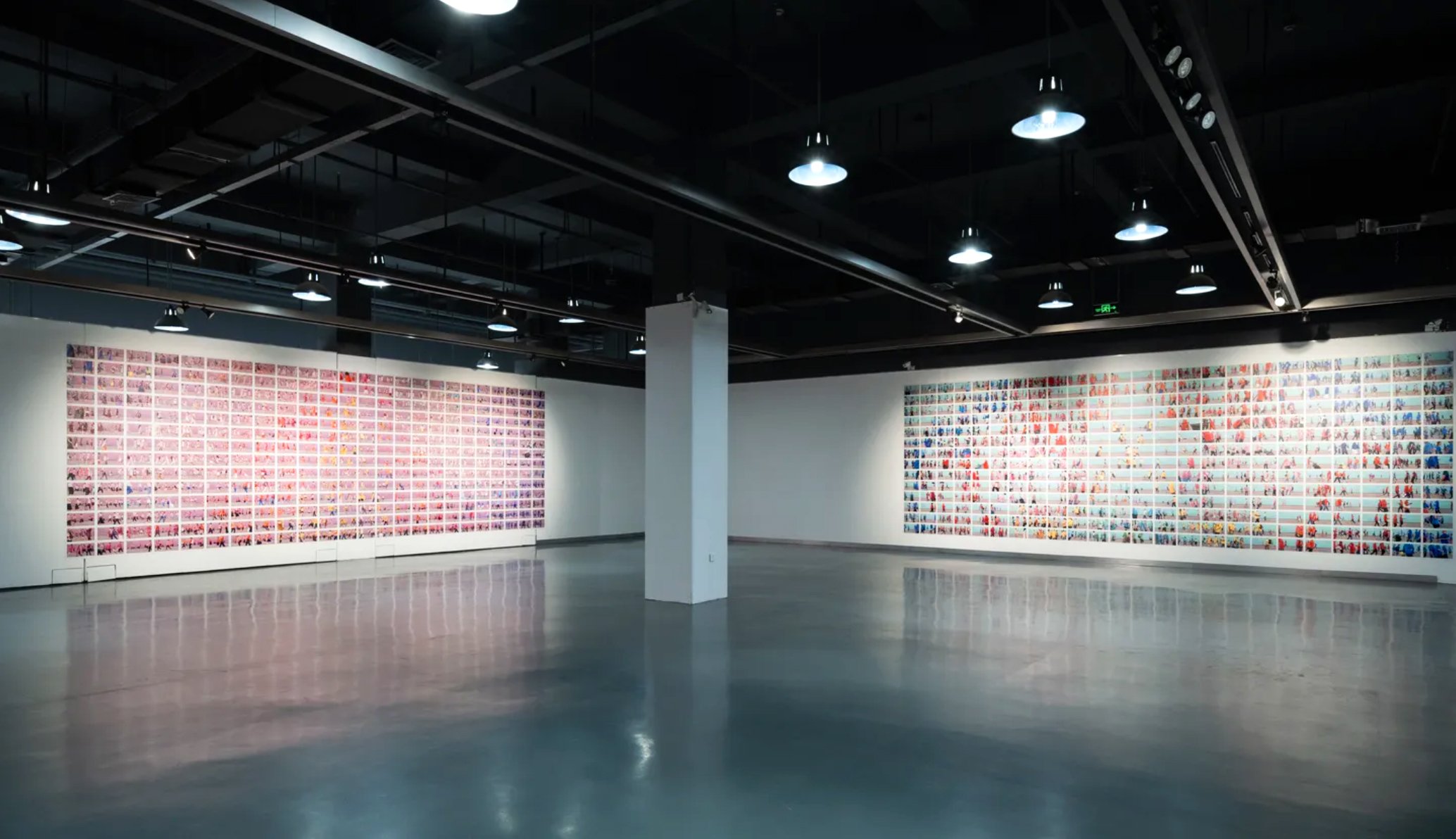
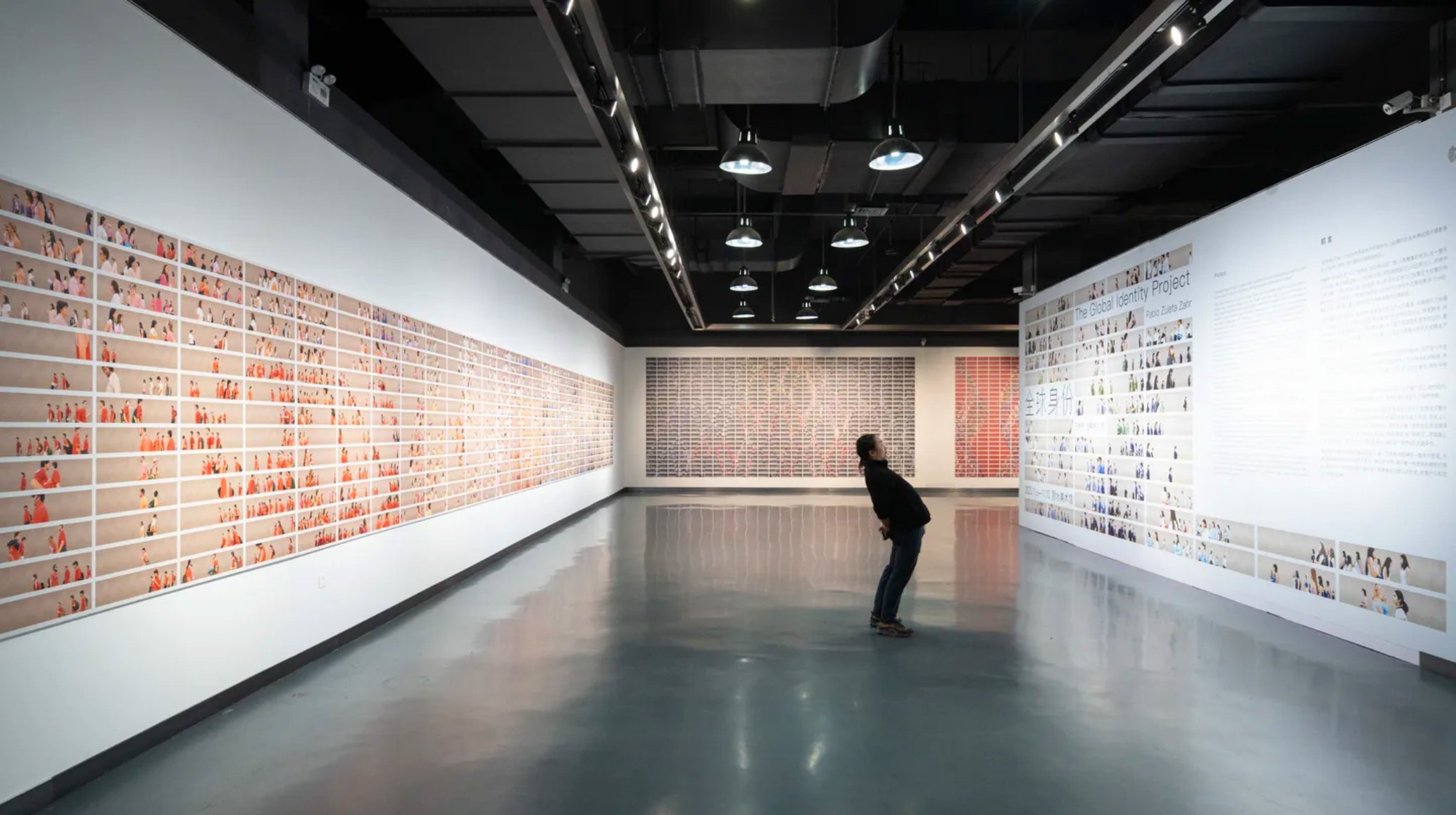
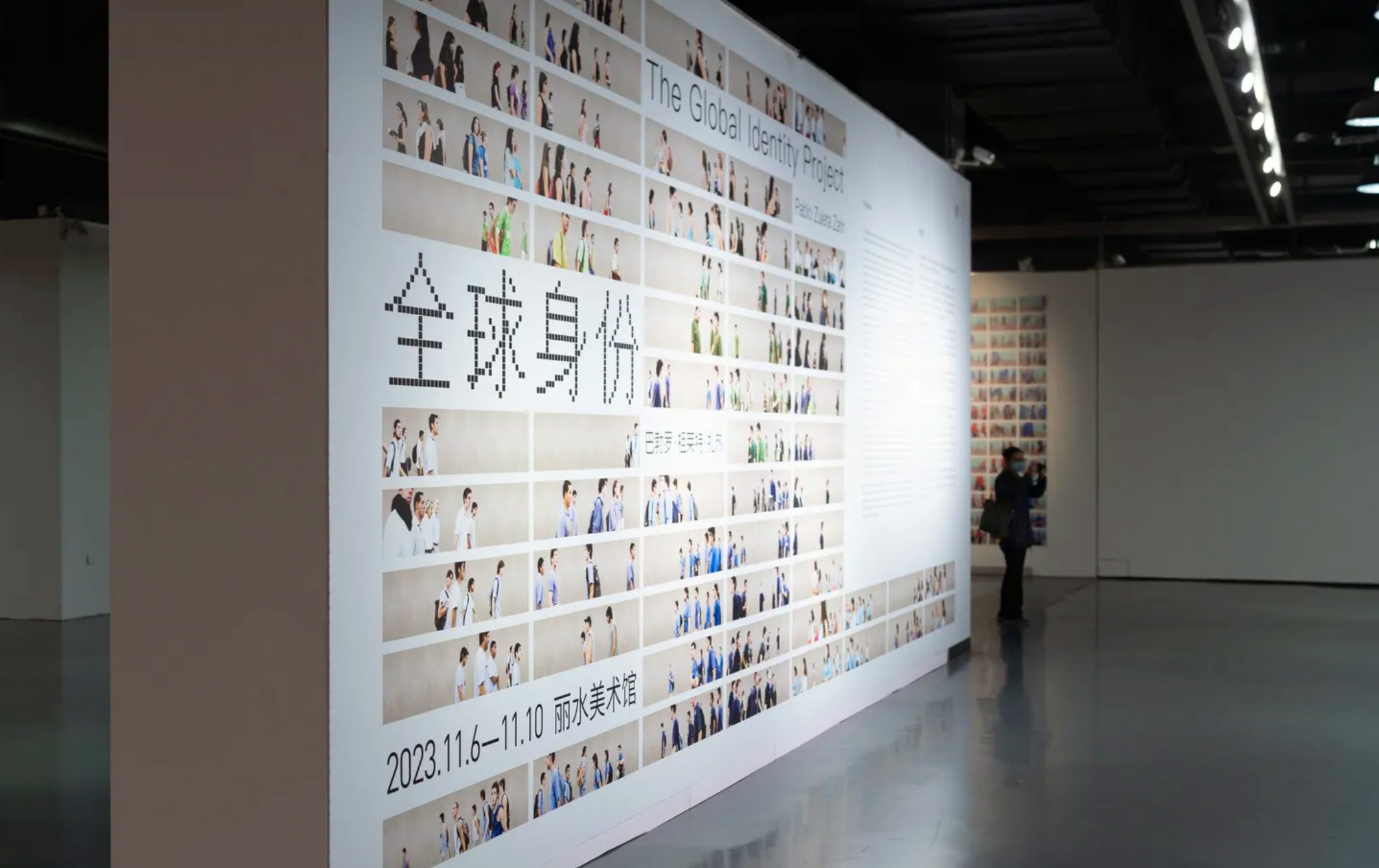
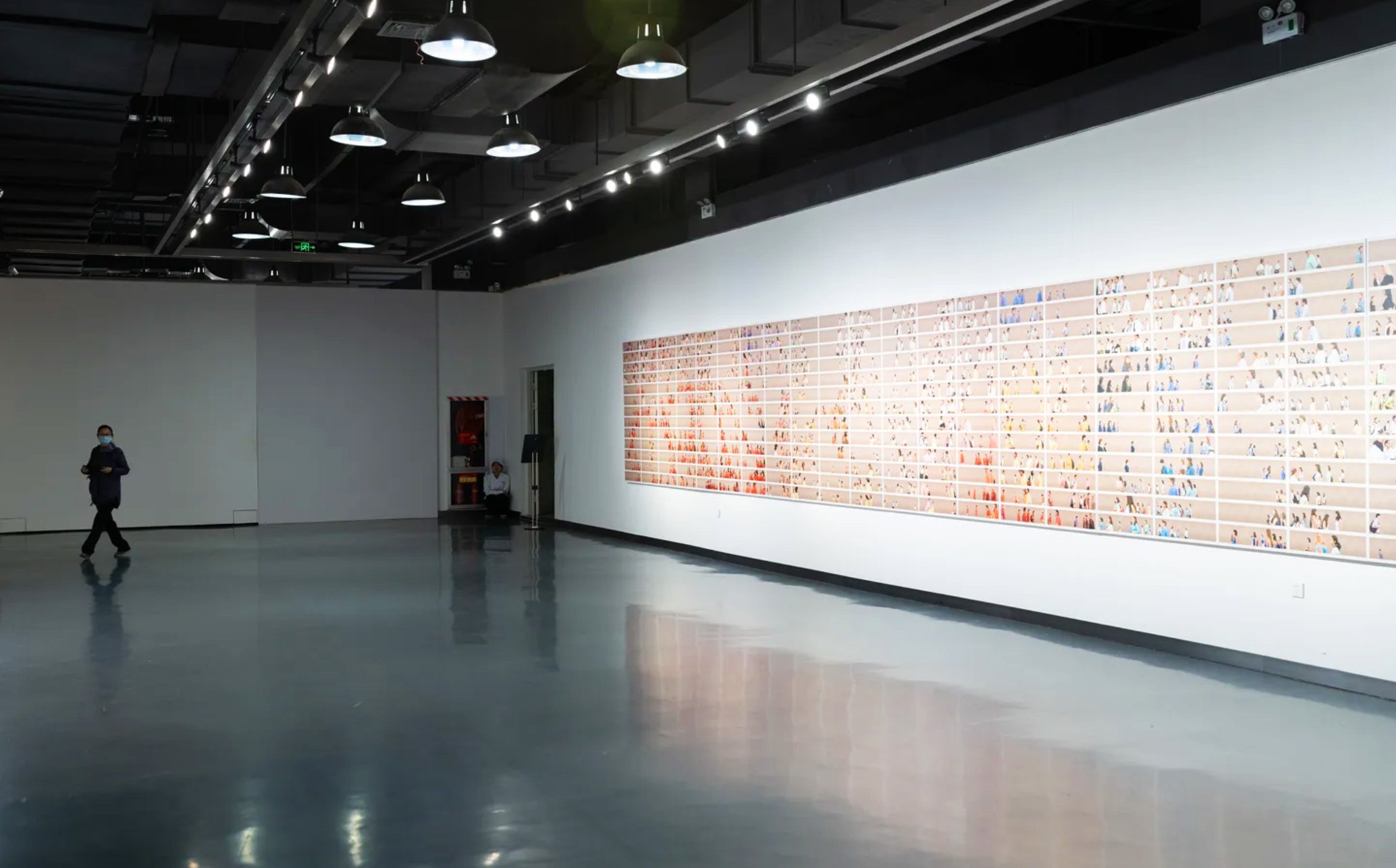
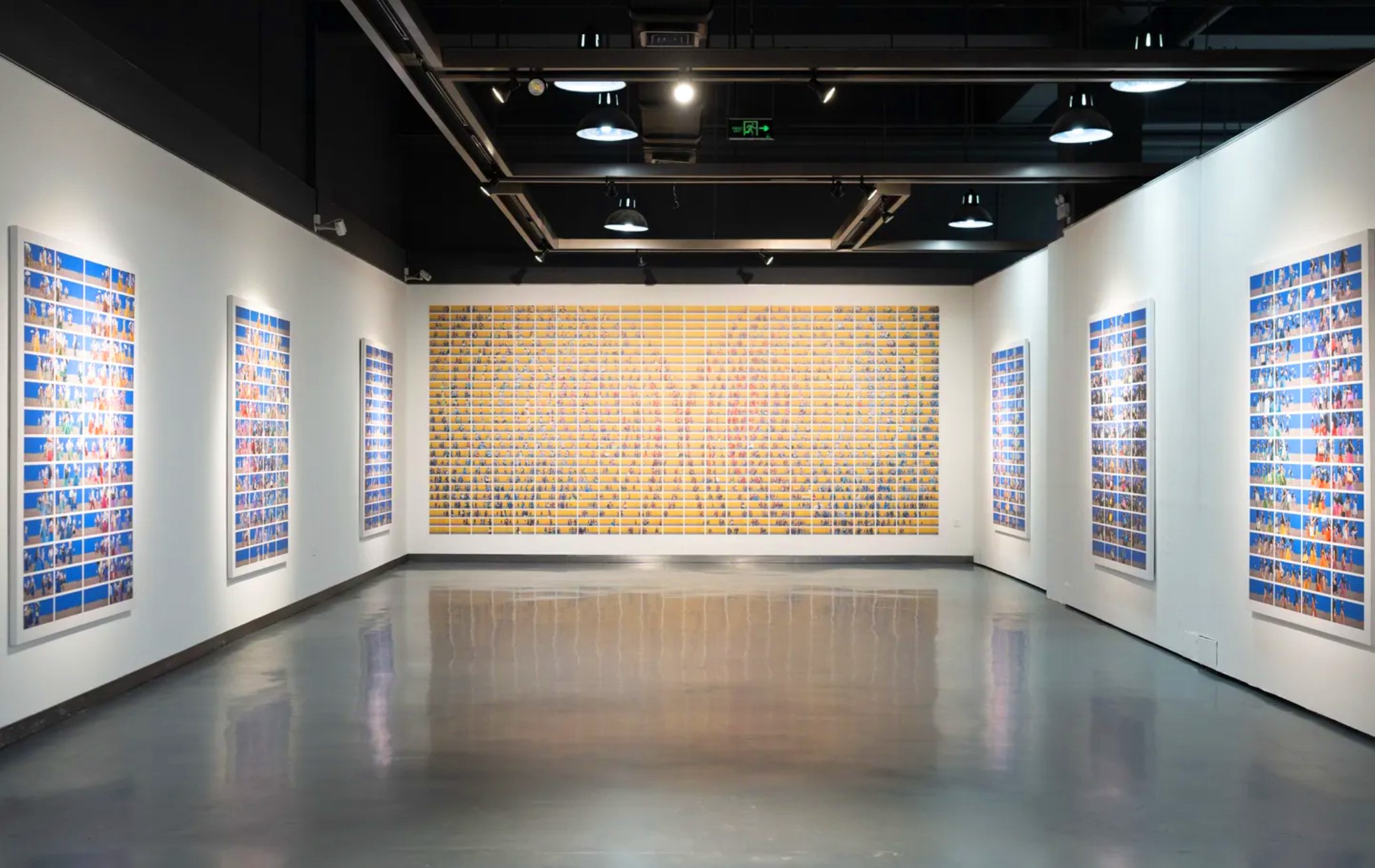
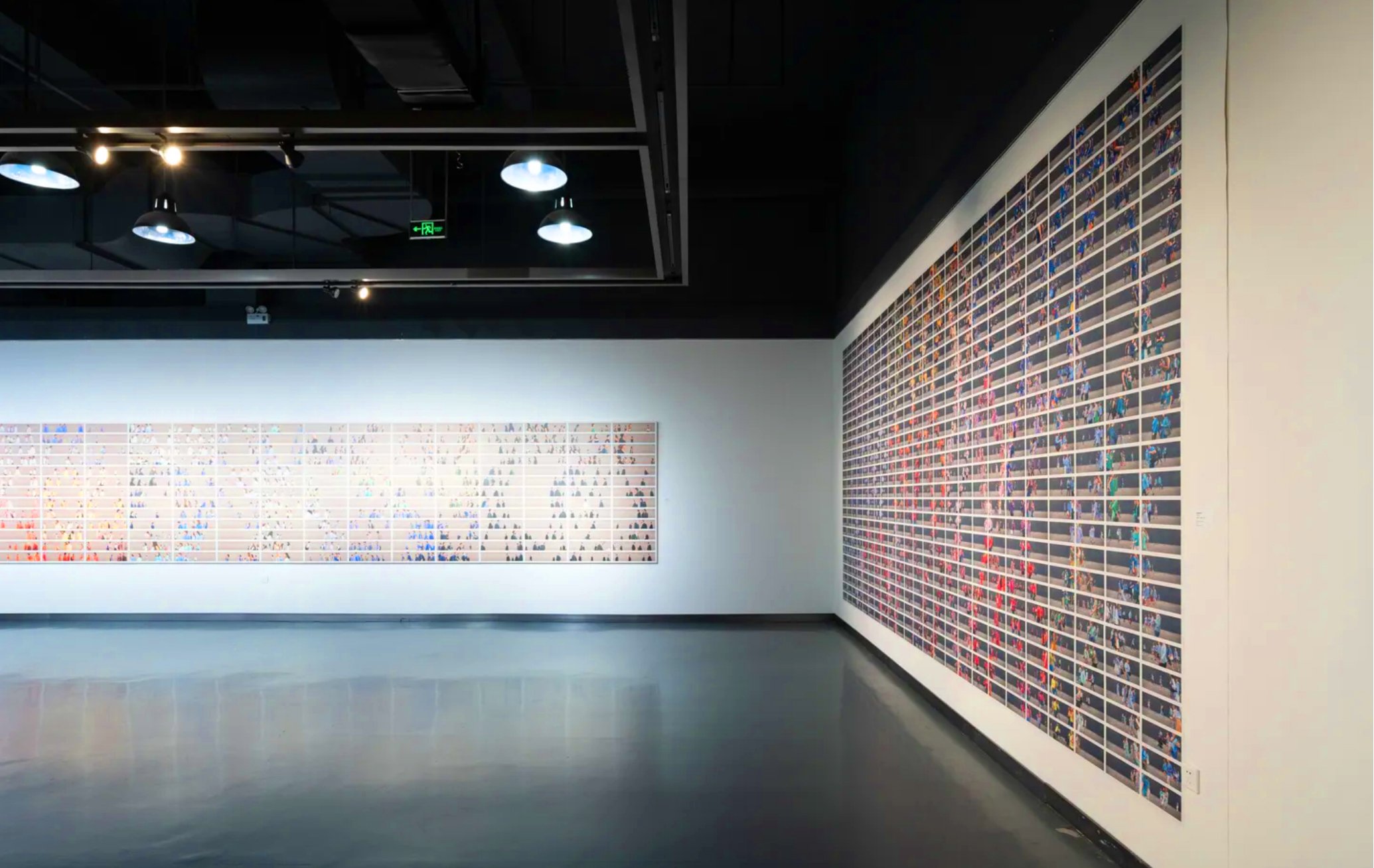
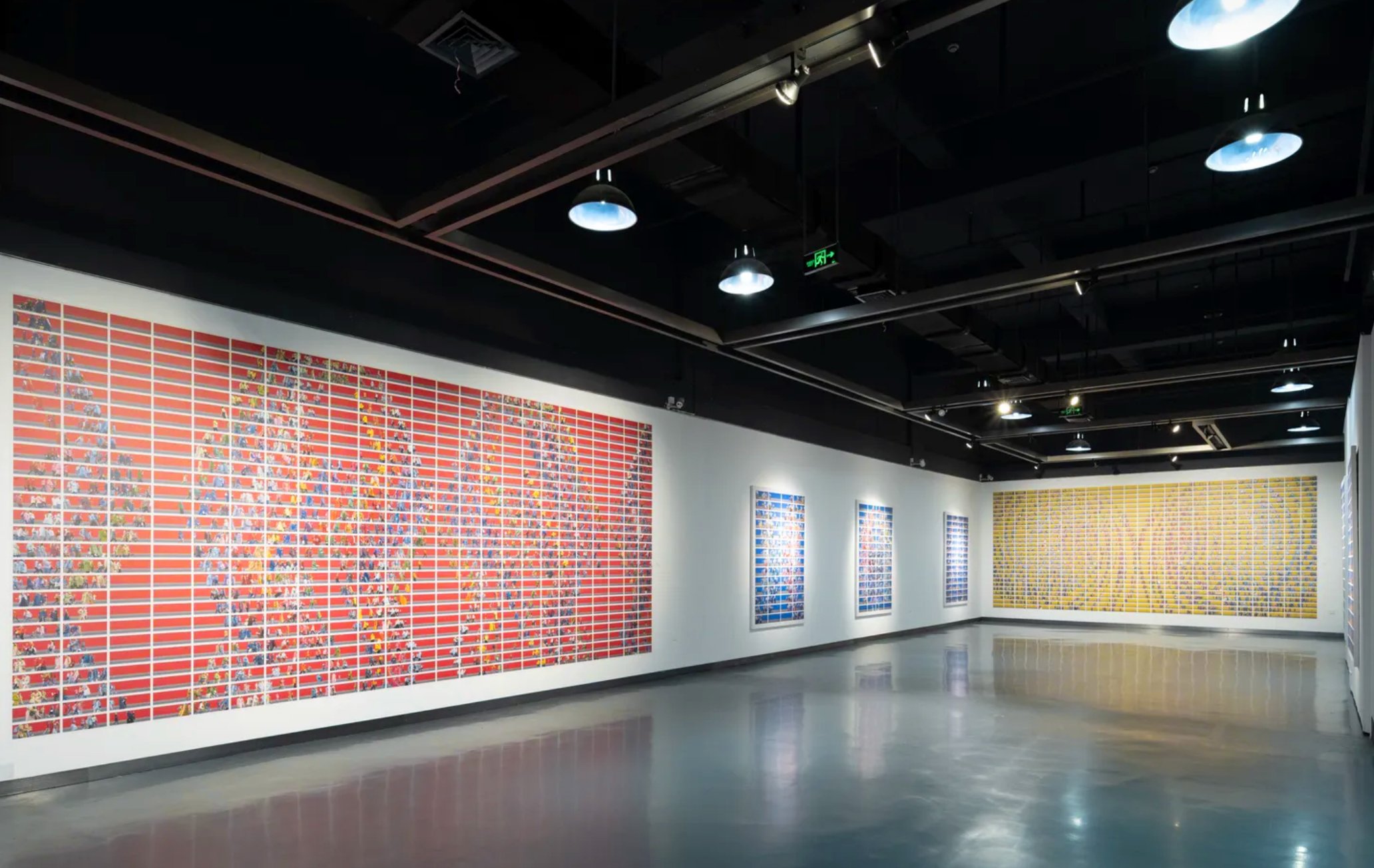
The "Global Identity Project" is a photo series capturing social portraits from various urban centers, originating in Chile and expanding worldwide. The project starts by choosing a public space, such as a subway station or a square, where a diverse group of people gather. Throughout a whole day, a transient community is recorded on video, averaging over 15,000 passersby. The photographic exercise involves highlighting each individual, organizing them into patterns, and digitally locating them in a large grid arrangement. Anonymous passersby are grouped based on the color of their clothing or Pantone color values, as well as the body shapes they assume while wandering. This approach ensures that no one is forgotten, manipulated, duplicated, or grouped based on potentially discriminatory criteria (such as ethnicity, gender/sexuality, etc.).
Without instructions or didactic gestures, each artwork presents a visual census indirectly revealing the cultural identity of the place at the time of capture. Additionally, aspects of subcultures, migrant groups, fashion, individual and collective identities, intergenerational stereotypes, as well as comparisons between countries and cities can be observed. The project also traces local identity and globalization within mass production and its impact on popular culture.
The virtual reunification of individuals from different social classes in a grid organized by a neutral criterion presents an alternative and humorous interpretation of societies historically marked by class and/or status differences. The proposed grid serves as an open network of connections that undermines these distinctions to promote transversal and inclusive discussions.
Since its inception in Santiago de Chile and Berlin in 2003, followed by expansion to Shanghai and New York City in 2018, the project received funding in 2019 for realization in Sydney, Tokyo, Mexico City, and Moscow. The "Global Identity Project" is conceived as an ongoing platform gradually integrating additional metropolises. The project aims to reverse and reflect upon the power structures inherent in photography, historically used by anthropologists and ethnologists to travel to less developed countries and exoticize indigenous peoples and communities as the "other." Instead of focusing on the representation of the "exotic" and the "other," the "Global Identity Project" engages in a manner that delves into the cultural and social fabric, portraying the complexity of our globalized urban metropolises.
Under the premise that photography freezes a moment, each project strives to capture an entire day of perception. The chronological deconstruction undertaken to achieve this order represents a real-time intervention proposing a distilled and processed perception, culminating in a work with fractal elements of unforeseen correspondences, akin to a poetic monument to time and space.
Parque Cultural de Valparaíso 2023
OPERA PACIFICA

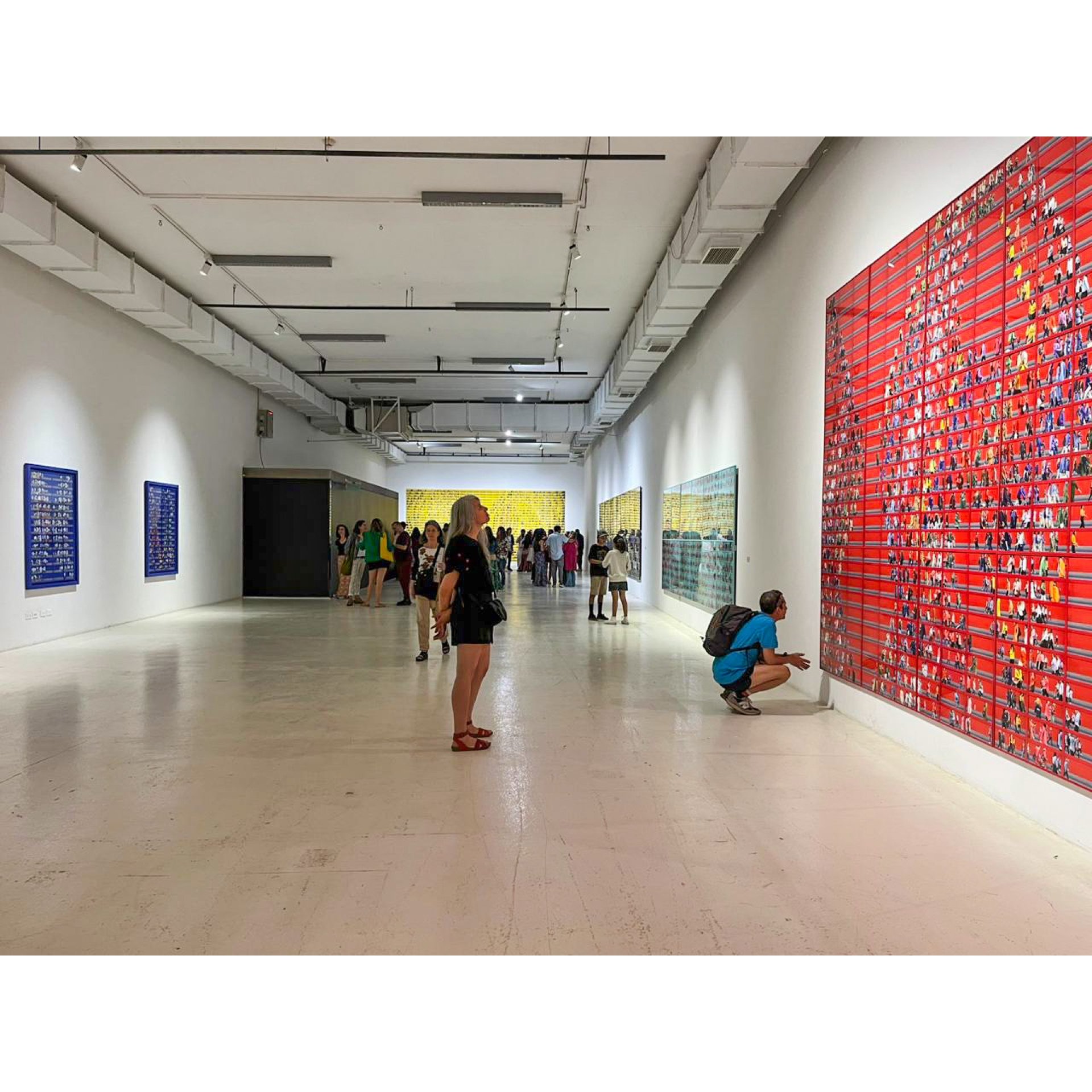
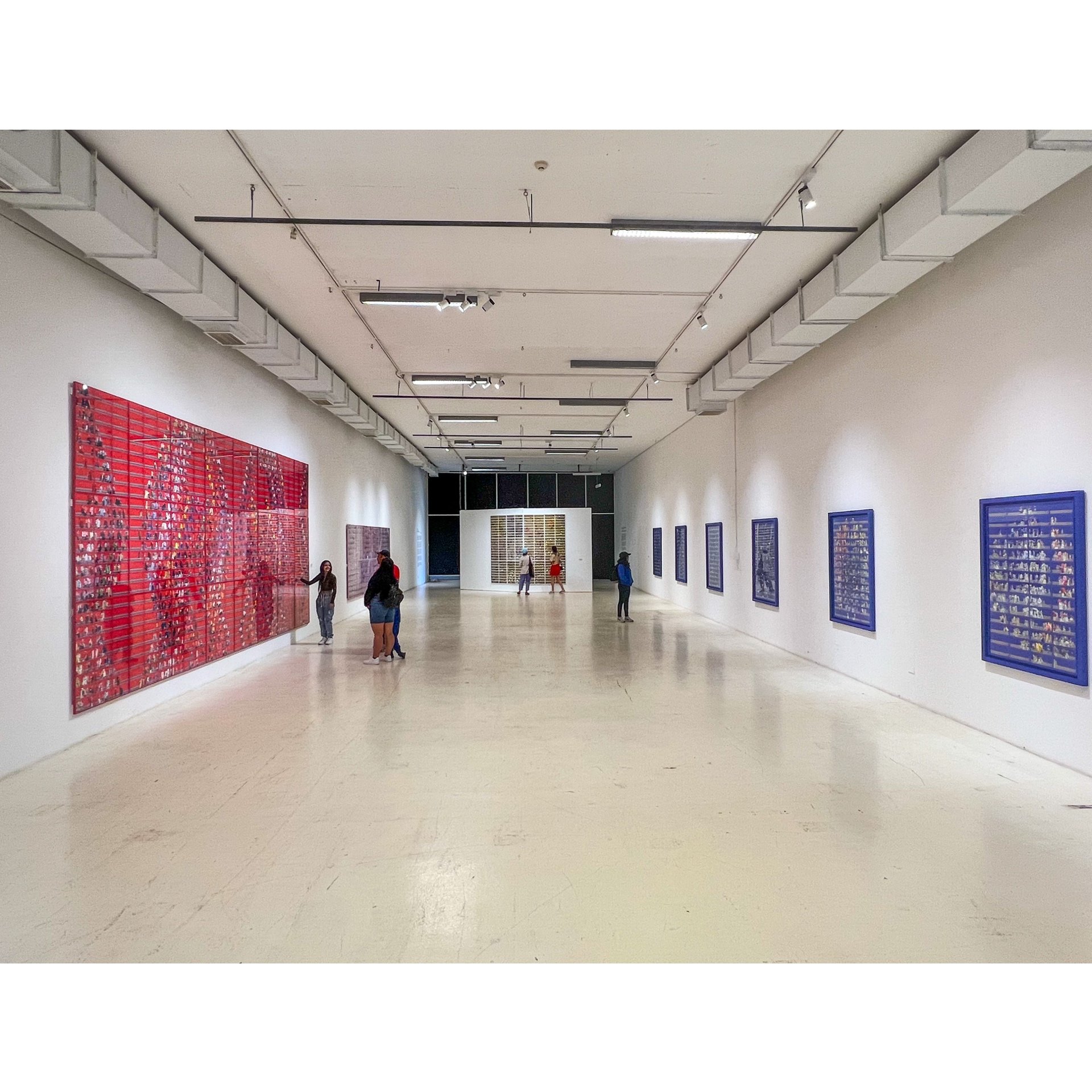
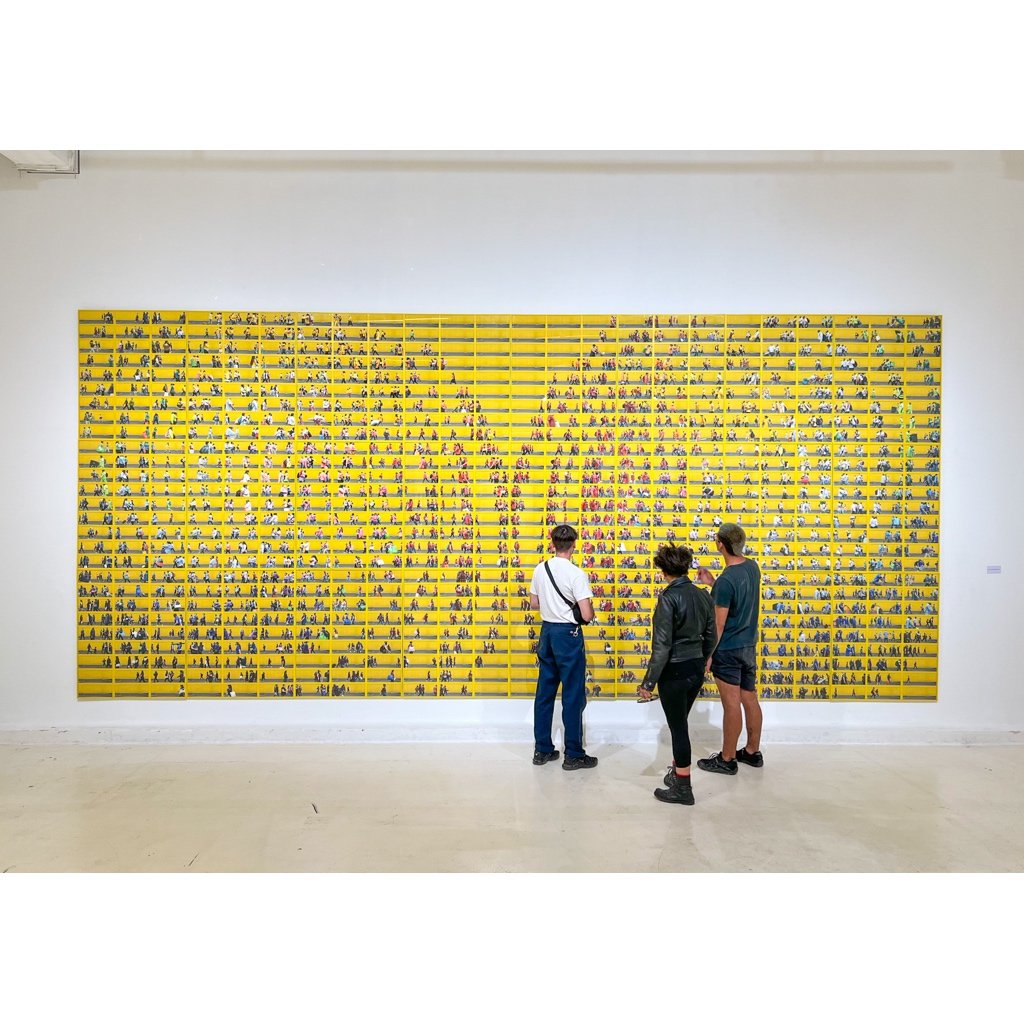
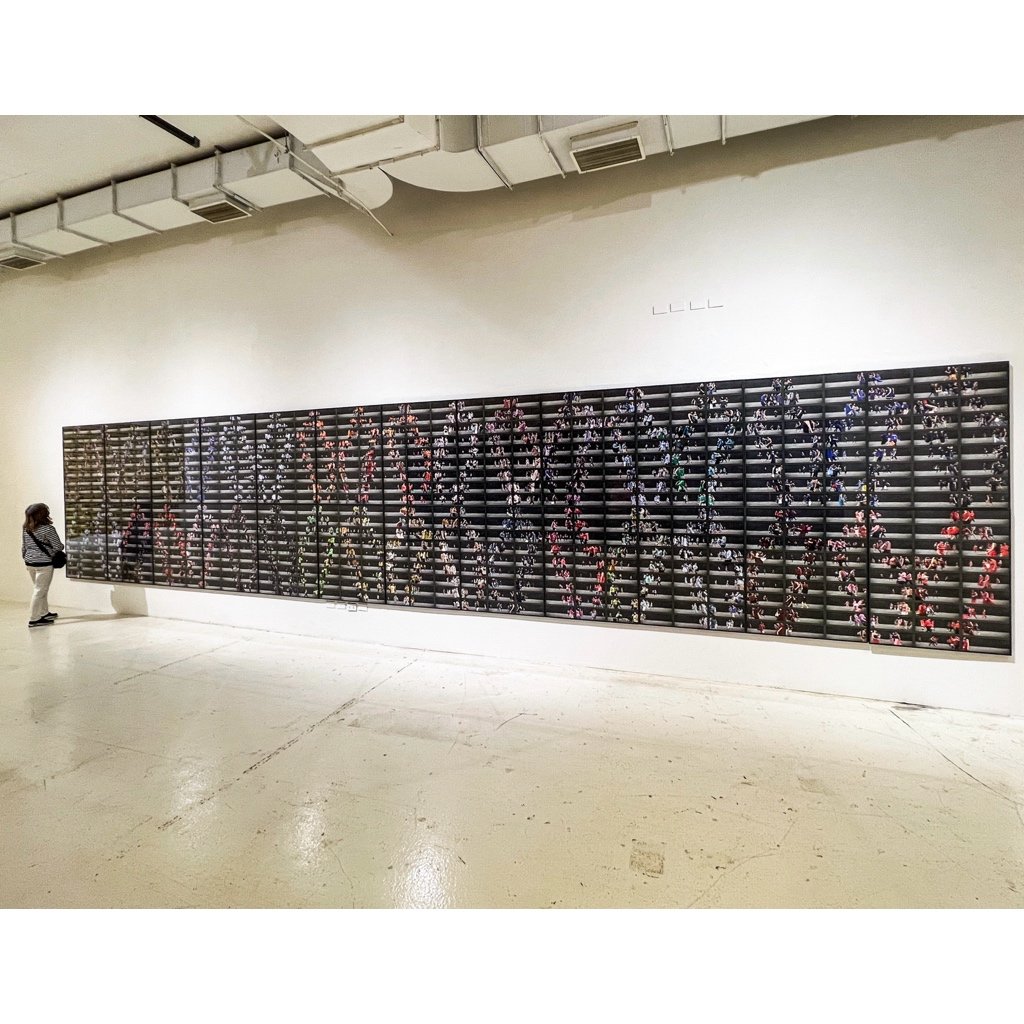
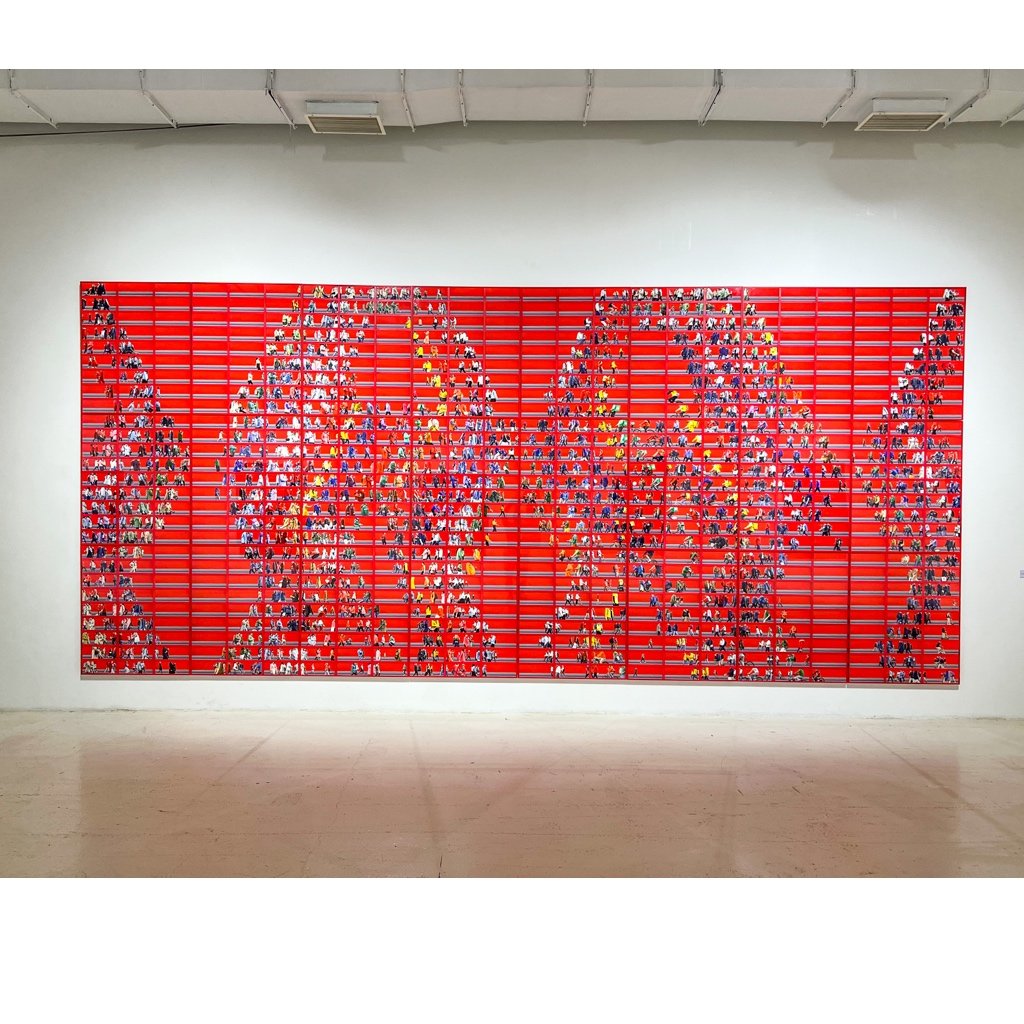
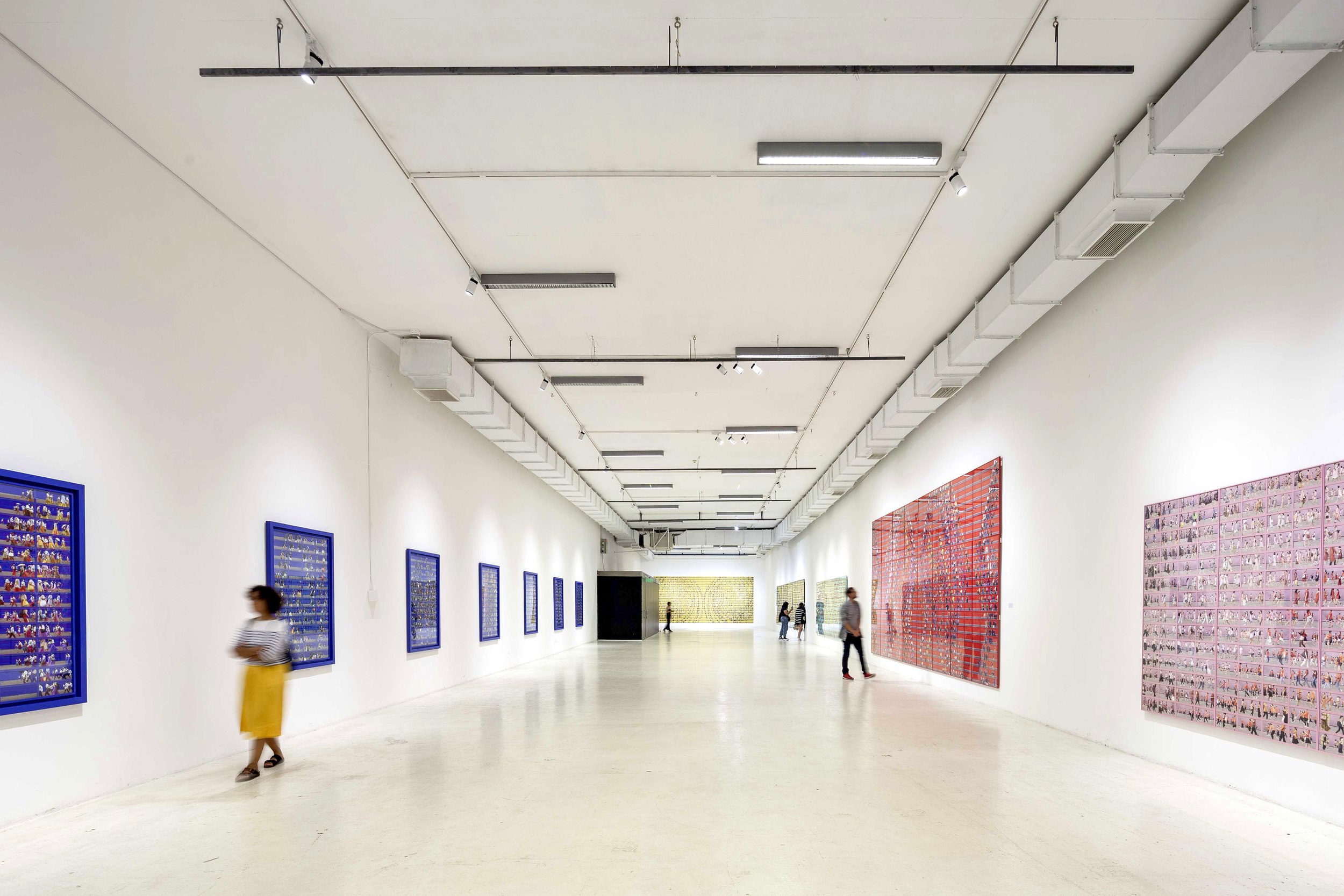
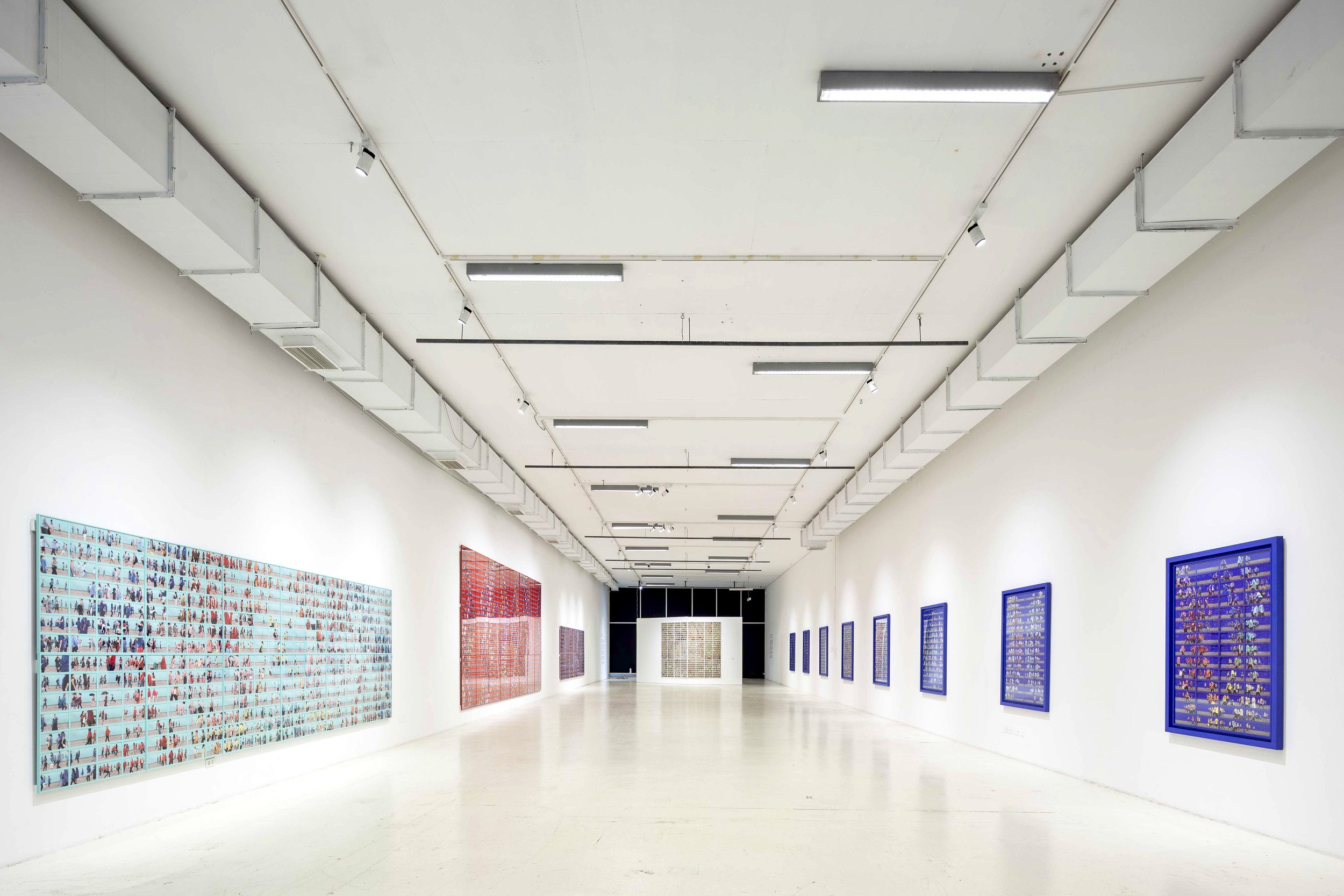
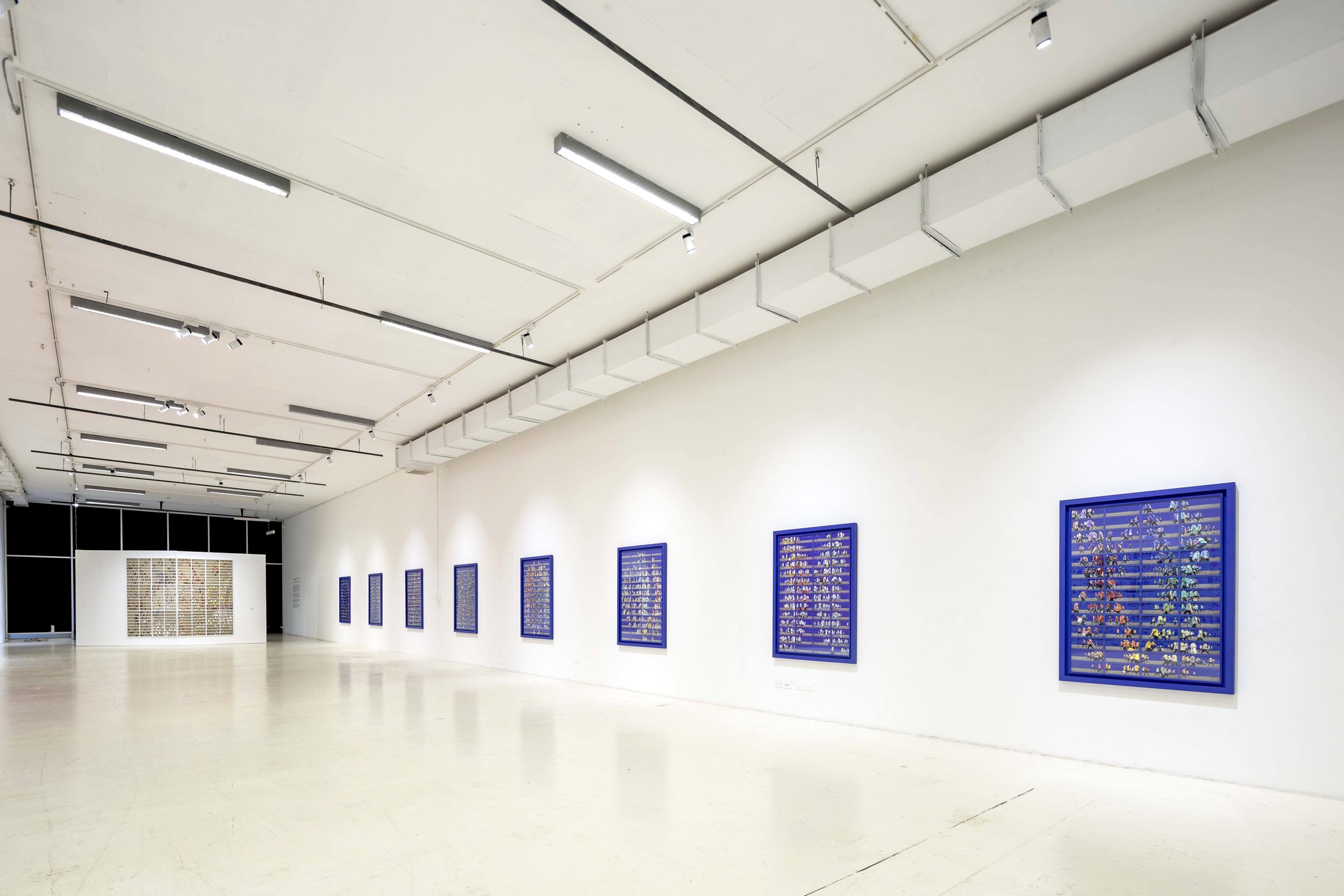
Galería Animal, Santiago 2023
OPERA PACIFICA



